From the February issue of Apollo: preview and subscribe here
In a diary entry written around 1962, the American artist Carolee Schneemann, then in her early twenties, considered which artworks maintain their attractions over time. ‘I have the sense that in learning, our best developments grow from works which initially strike us as “too much”,’ she proposed. Such works contain ‘more than we can assimilate’ and ‘lead us to experiences which we feel we cannot encompass’. Among the many insights in Schneemann’s myriad journals, scrapbooks and correspondence, these are especially revealing comments. For a sense of productive excess – a commitment to chaos and messy spontaneity – pervades her practice. Running throughout the largest retrospective of her career to date, an exhibition of more than 350 works displayed over two floors of the Museum der Moderne Salzburg, is the continued suggestion that too much might be just what we need.
Take, for instance, Schneemann’s most famous work, the hour-long performance Meat Joy, first staged in Paris in 1964. Described by the artist as having ‘the character of an erotic rite: excessive, indulgent’, Meat Joy involved Schneemann and a small group of performers undressing, talking, playing, dancing, rummaging, and rolling around the stage while additional elements – sheets of paper, paint, hot dogs, raw chickens – were introduced to the mix. There’s a playful emphasis on freedom and exploration here, highlighting the sensual rewards we might enjoy if our bodies weren’t so restrained. As Mignon Nixon argues in the excellent exhibition catalogue, liberation in Schneemann’s art ‘is preeminently erotic liberation’.
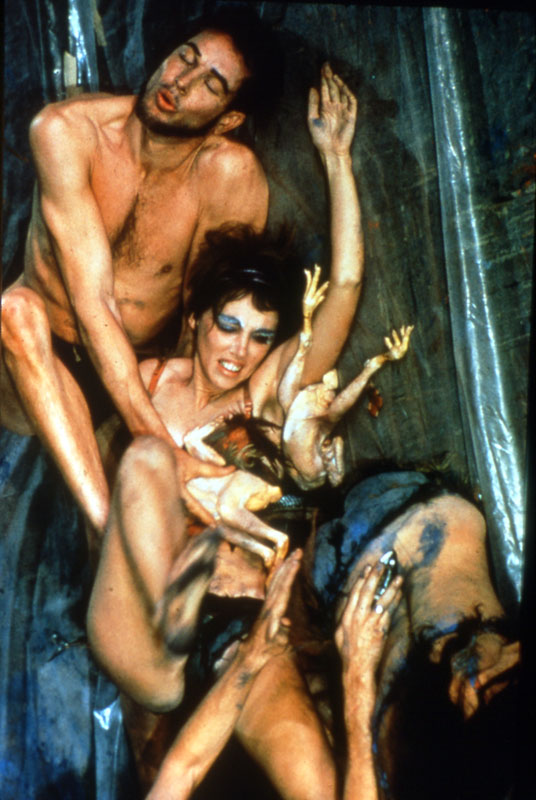
Meat Joy (1964), Carolee Schneemann. video still of the documentation of the performance at the Judson Dance Theater, Judson Memorial Church, New York, 16–18 November, 1964.Courtesy C. Schneemann and P.P.O.W Gallery, New York; photo: Al Giese; courtesy Electronic Arts Intermix (EAI); © Carolee Schneemann; © Bildrecht, Wien, 2015; © Generali Foundation Collection – permanent loan to the Museum der Moderne Salzburg
Yet the ephemerality of canonical performance works such as Meat Joy also presents problems for museum curators and audiences. In Salzburg a variety of materials – photographs and videos, event posters and flyers, sketches and instructions – are offered as documentation of Schneemann’s performances. Indeed, throughout the show the immaculate and mostly chronological displays are in a way at odds with the exhibited works: never have chaos and excess been presented so clearly and coherently. Despite the impressive rigour of the curation, it remains difficult here to gain a full understanding of Schneemann’s semi-scripted and often frenzied performances, many of which appear to end in a similar fashion – a tangle of laughing, near-naked bodies.
More satisfying for a visitor is the photographic series Eye Body: 36 Transformative Actions for Camera (1963) for which the Icelandic artist Erró shot images of Schneemann alongside works in her New York studio. Naked but marked with streaks of paint and grease, Schneemann maintains a remarkably intense gaze as she appears holding shards of broken glass or with live snakes crawling over her. Eye Body was an attempt to disrupt art’s patriarchal bias by establishing the force of the artist’s own body as ‘visual territory’. The result is a series of dramatic monochrome photos that resemble stills from a strange, lost Weimar-era film starring a defiant Elizabeth Taylor.
Many of the ‘painting constructions’ pictured in Eye Body are themselves present in the galleries in Salzburg. Schneemann insists that she has always primarily been a painter – ‘if Cézanne could do it, I could do it’ – despite her practice extending into other media. Influenced by, and keen to challenge, the likes of Jackson Pollock, Willem de Kooning and Robert Rauschenberg, her approach to painting developed from swirling nature-inspired abstractions into canvases, wooden boxes and larger installations crammed with broken objects, dead birds, and underwear. Some assemblages were deliberately burnt, while others, such as Fur Wheel (1962), feature motorised or musical elements. The energy, movement and chaos of Schneemann’s boxes contrast starkly with the more studied (and celebrated) creations of her friend Joseph Cornell – another part of the rich post-war New York scene to which the Salzburg show often refers.
If it’s the work of the mid 1960s that still seems most vital, then later periods in Schneemann’s career should certainly not be ignored. In the 1980s and ’90s she produced a series of poetic texts, collages and sculptures related to the Israeli invasion of Lebanon. And Devour (2003–04) – an installation comprising four small television sets and two large projections showing distorted and grainy footage of terrorist incidents alongside more everyday images – is a particular highlight of the exhibition, its minute, pixel-level focus on cultural history feeling like a trip inside Don DeLillo’s head. As if to reaffirm Schneemann’s continuing commitment to turmoil and tumult, the exhibition concludes with Flange 6rpm (2011–13), an installation featuring twisting, motorised metal sculptures engulfed in huge projections of the furnaces that made them.
Such works are a reminder of the wide-ranging cultural and political concerns encompassed by Schneemann’s practice. For Mignon Nixon, the artist’s work ‘insists upon the political necessity of pleasure’. Perhaps we might also see the artist’s sprawling array of paintings, performances, films, writing, and installations as asserting the necessity – or at least the pleasures – of excess. Sixty years after she noted the attractions of ‘too much’, there remains the sense that we still have plenty to learn from Carolee Schneemann.
‘Carolee Schneemann: Kinetic Painting’ is at the Museum der Moderne Salzburg until 28 February. Catalogue (English edition) by Sabine Breitwieser (ed.) | ISBN 9783791355085 (hardback), €39 (Museum der Moderne Salzburg)
Click here to buy the latest issue of Apollo
Unlimited access from just $16 every 3 months
Subscribe to get unlimited and exclusive access to the top art stories, interviews and exhibition reviews.

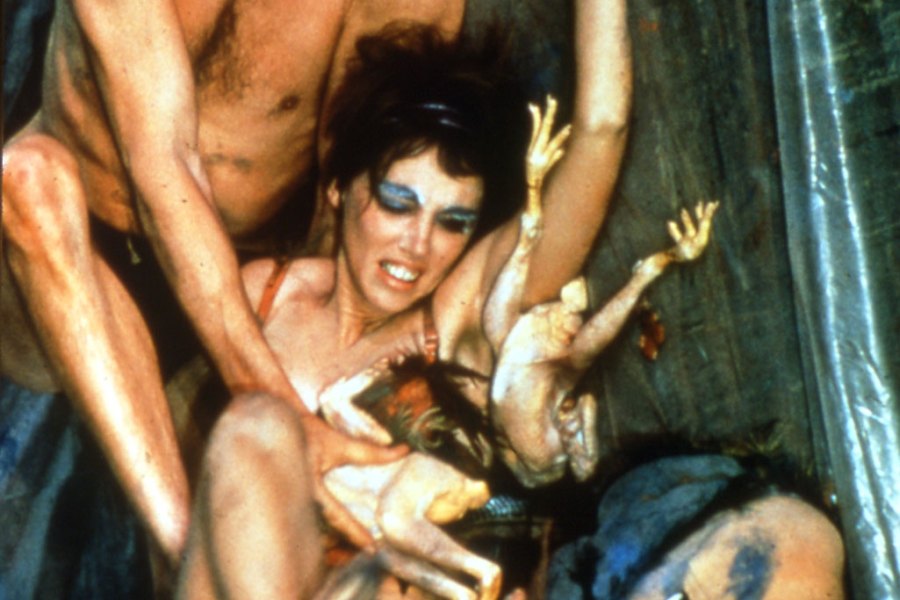
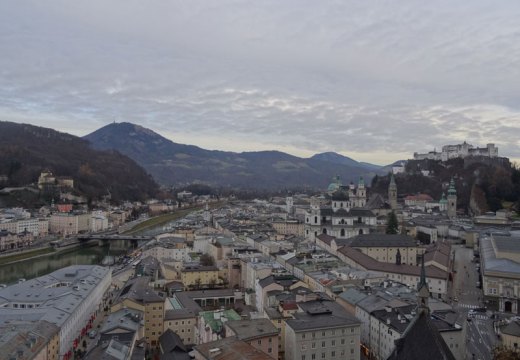
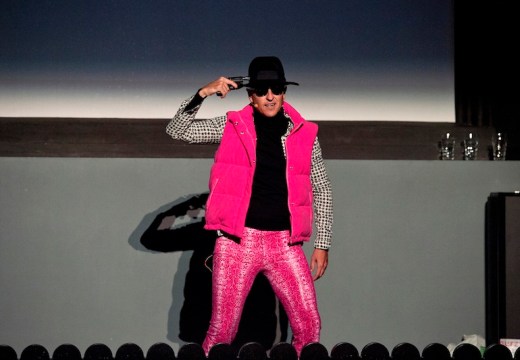
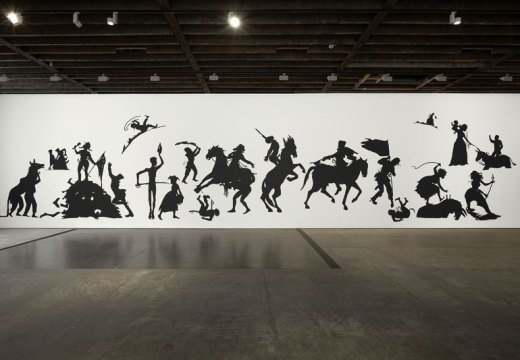









![Masterpiece [Re]discovery 2022. Photo: Ben Fisher Photography, courtesy of Masterpiece London](http://www.apollo-magazine.com/wp-content/uploads/2022/07/MPL2022_4263.jpg)
Why are fathers so absent from art history?